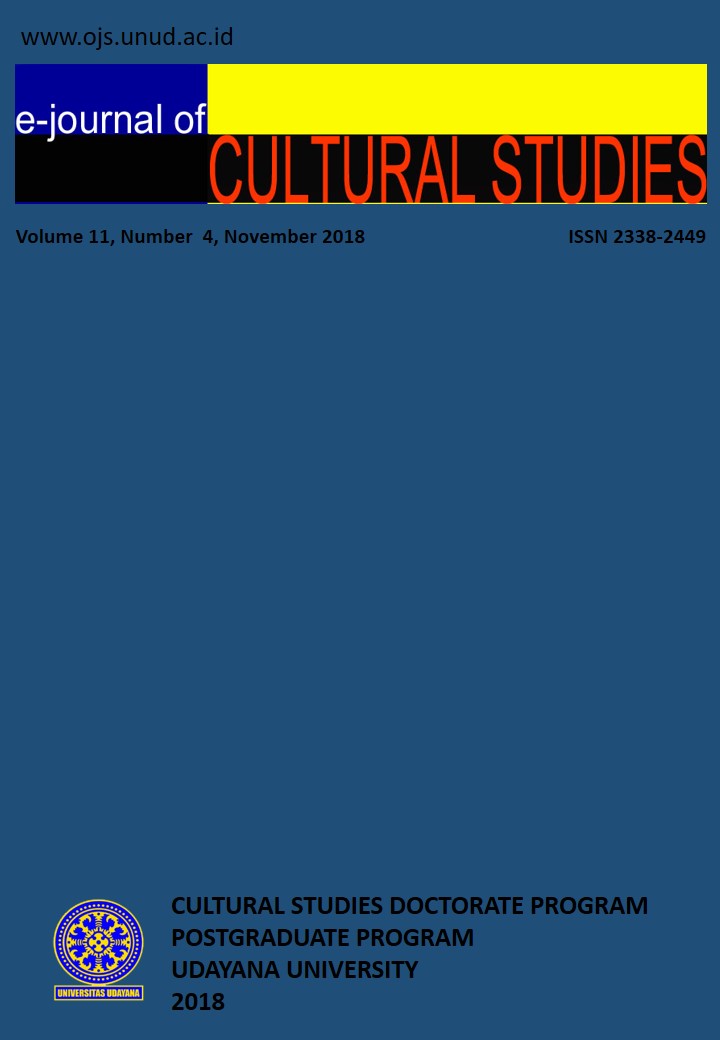DICTION OF DAYAK KATINGAN FAMILY ARTICULATION IN TEWANG TAMPANG VILLAGE AND ITS IMPLICATIONS ON FAMILY COLLABORATION
Abstract
The difference in religious ideology in the Dayak Katingan family in the village of Tewang Tampang in reality does not trigger conflict, they always live in harmony and harmony. This can be seen from their intimacy and togetherness in daily social interactions. However, behind this harmony there is also a struggle for religious ideology in the practice of tradition. For this reason, the purpose of this study was focused on knowing how the Dayak Katingan family in Tewang Tampang Village articulated its diversity and outlined its implications for harmony in the family. This study uses a qualitative method. Data sources are primary and secondary data. Data was collected through participant observation techniques, in-depth interviews, and document studies. Determination of informants was conducted purposively and Snowball, the theories used were phenomenology theory, hermeneutic theory, and communicative action theory. The results showed that the way the Dayak Katingan family in Tewang Tampang village articulated their family traditions in a different way between Kaharingan Hindus, Islam and Christianity. This can be seen from the articulation presented by them, namely the Hindu Kaharingan people articulating tradition as part of religious rituals and in practice based on established rules. Meanwhile Muslims and Christians only articulate tradition as part of Dayak customs and culture and in practice adapts to the teachings of the religion adhered to. This difference in articulation of tradition has implications for religious attitudes in the family such as the opening of a space for dialogue, a tolerant attitude of religion, and a strengthening of family relations.
Keywords: Articulation, religiosity, implications, diction







